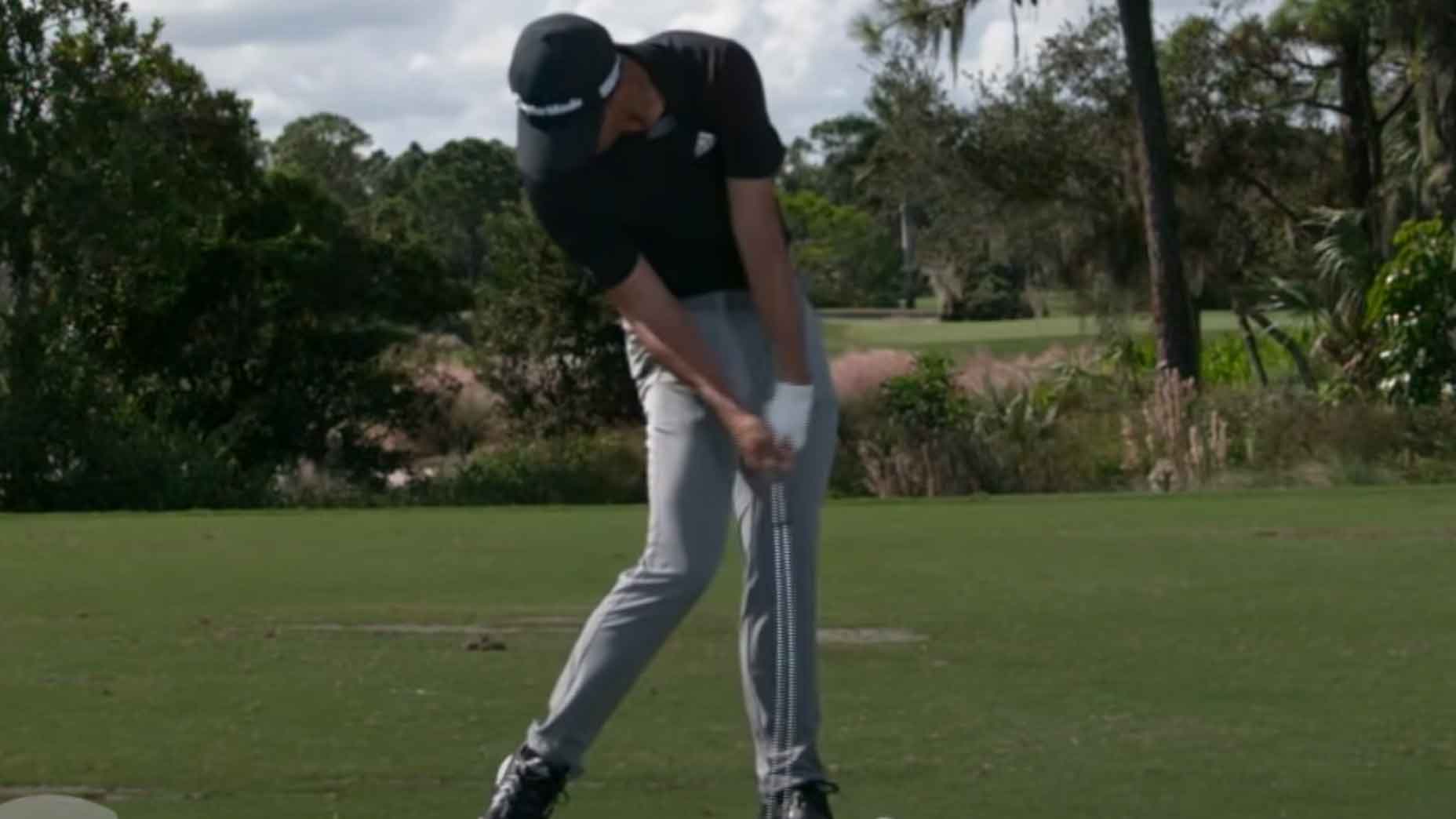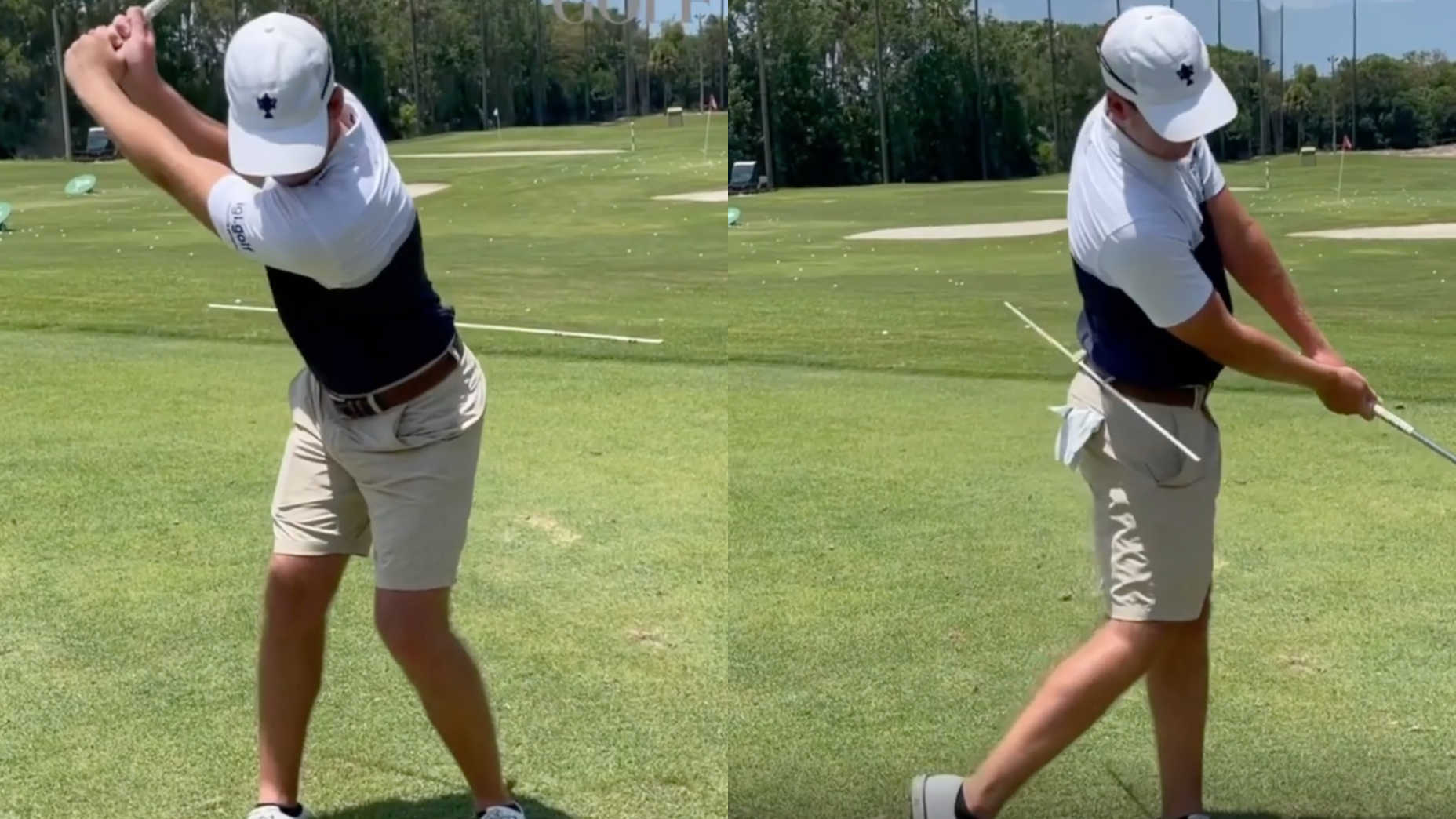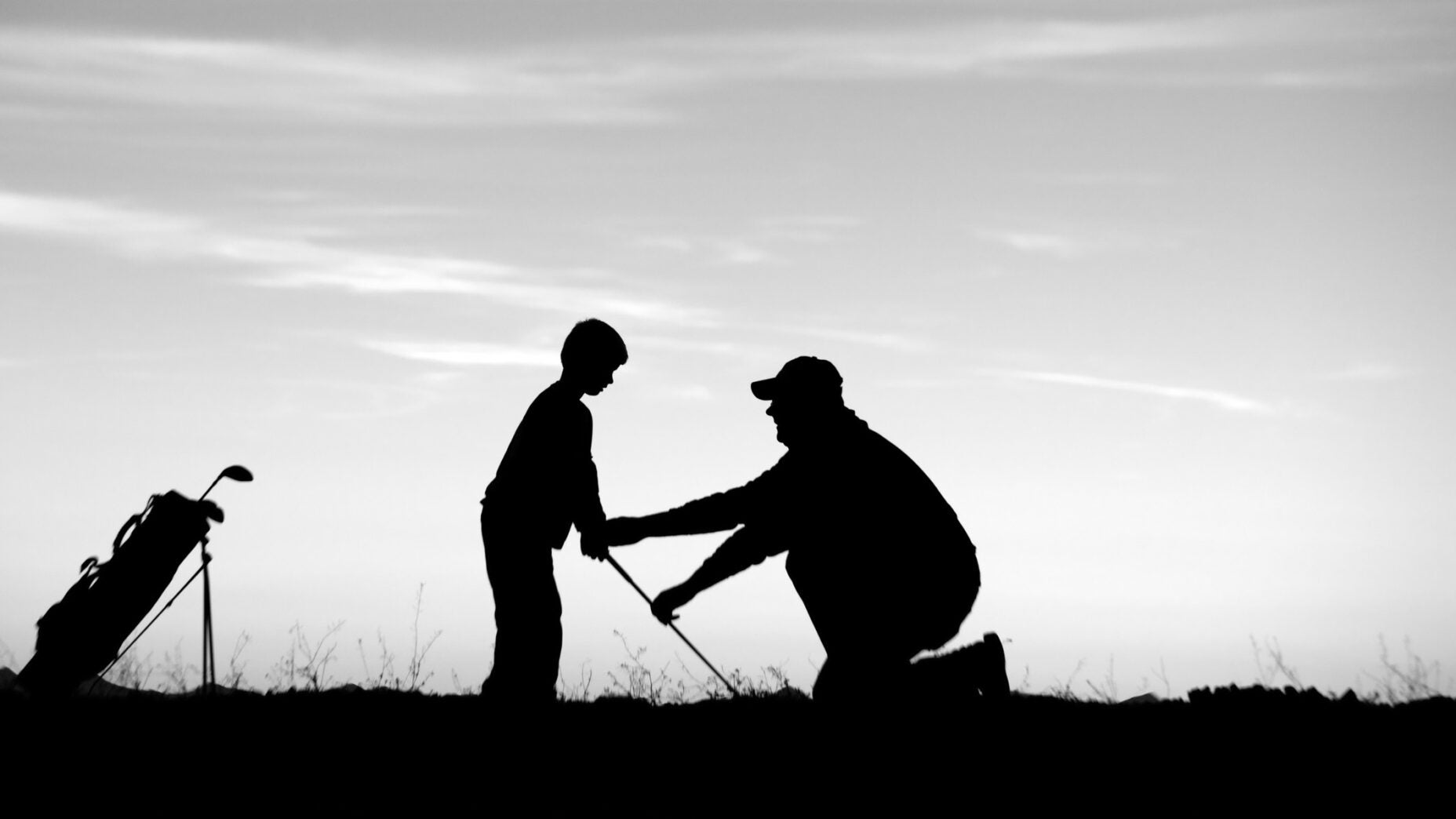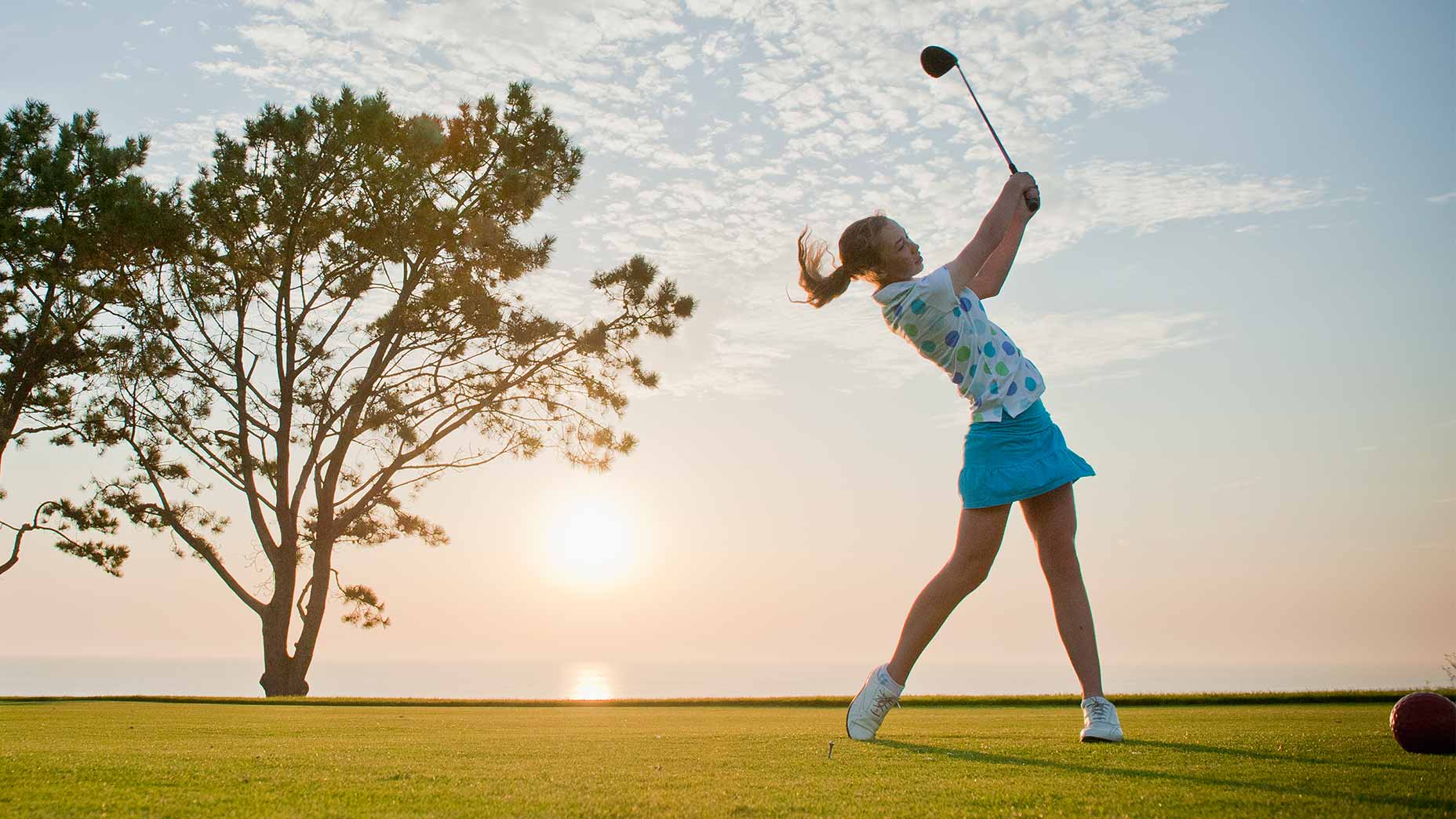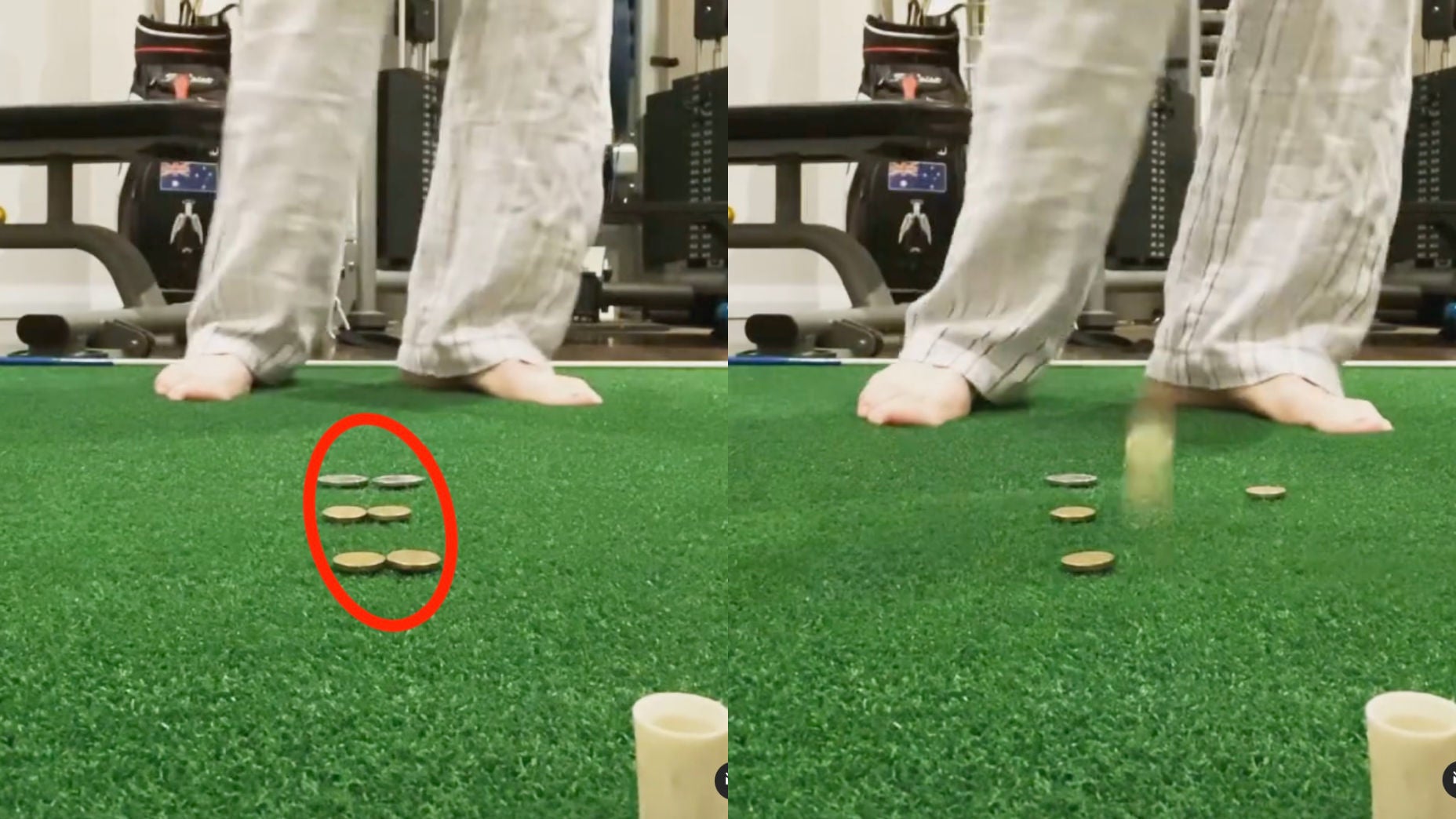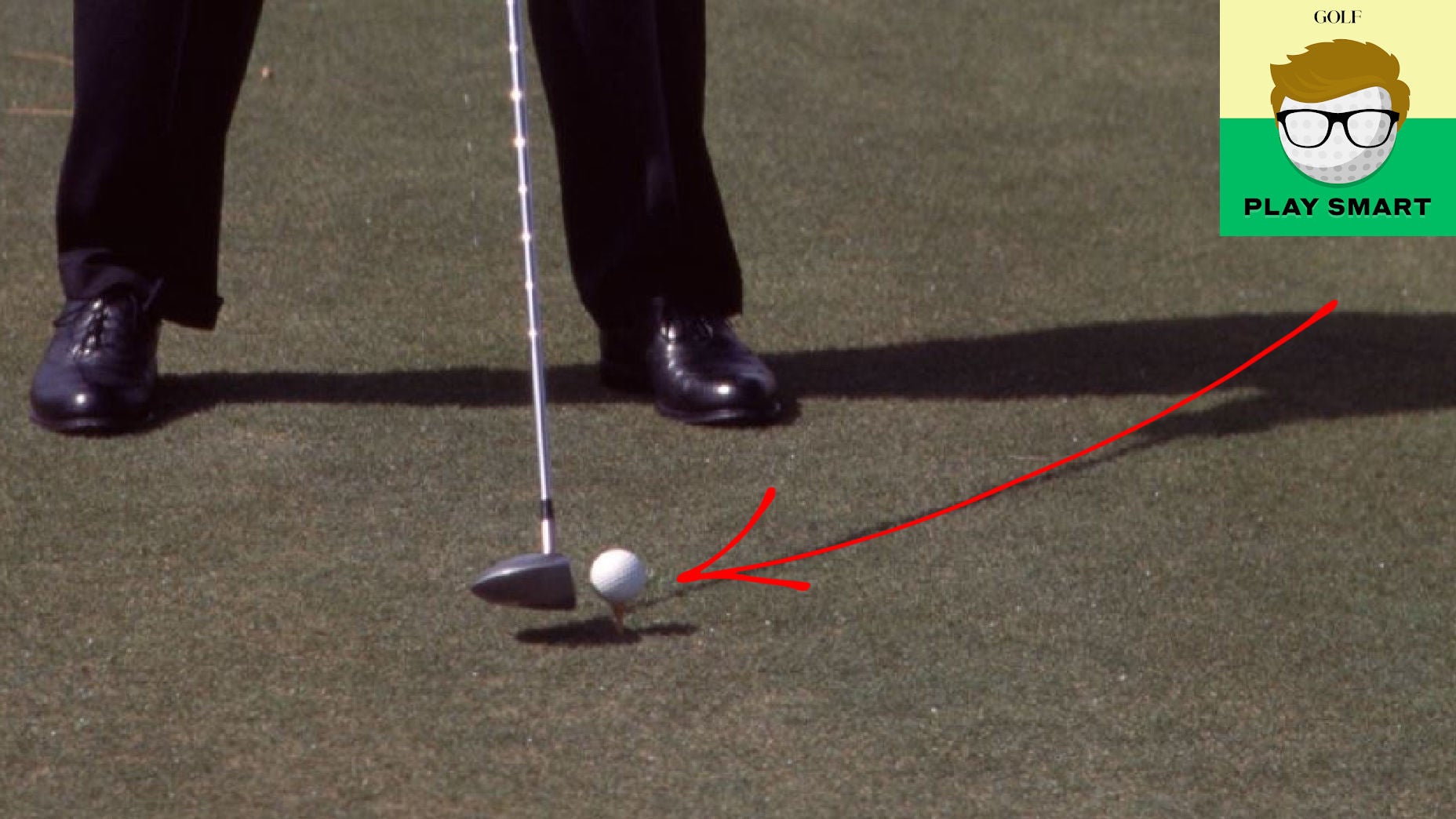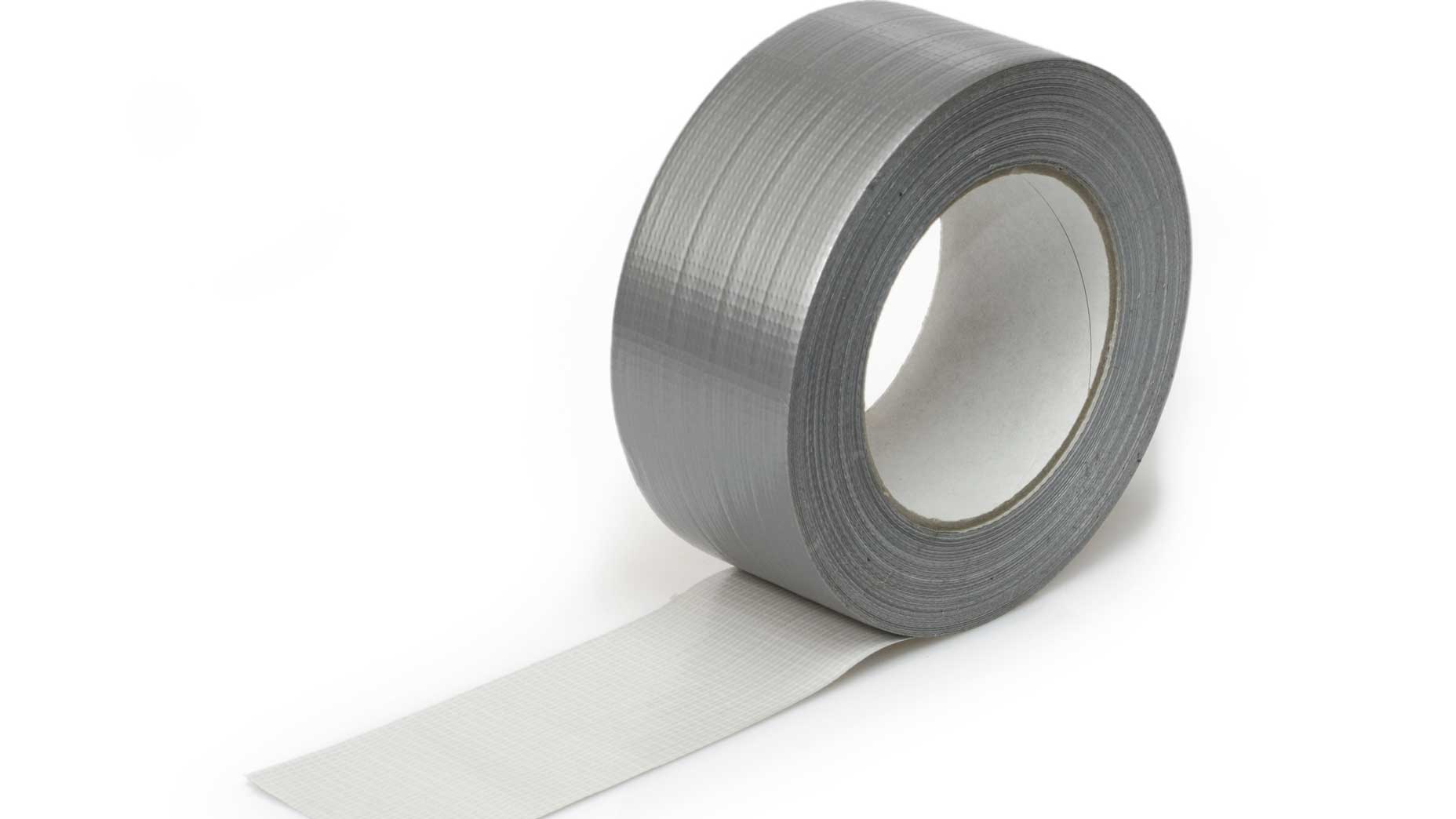10 tips to hit more greens on tricky par 3s
- Share on Facebook
- Share on Twitter
- Share by Email
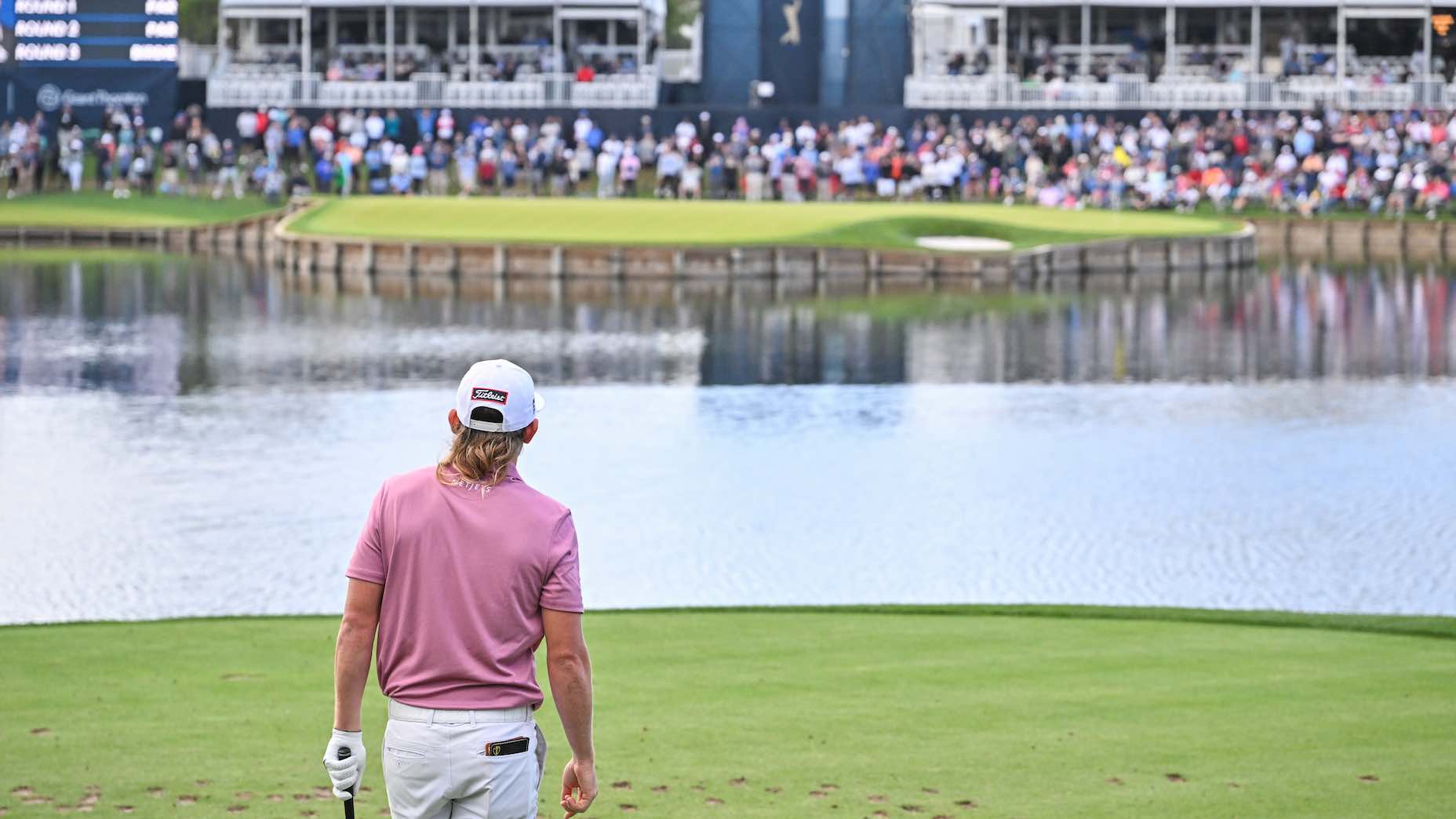
Great play on par 3s starts on the tee.
Getty Images
For amateur golfers, especially beginners, par 3s always bring with them the possibility of a good score. All it takes is one good shot to have a putt. It’s why so many golfers often have their first pars on par 3 holes.
But no matter how good you get at golf, hitting the green on your tee shot always remains the most important goal of par 3 holes. Here are some suggestions that could help you do that.
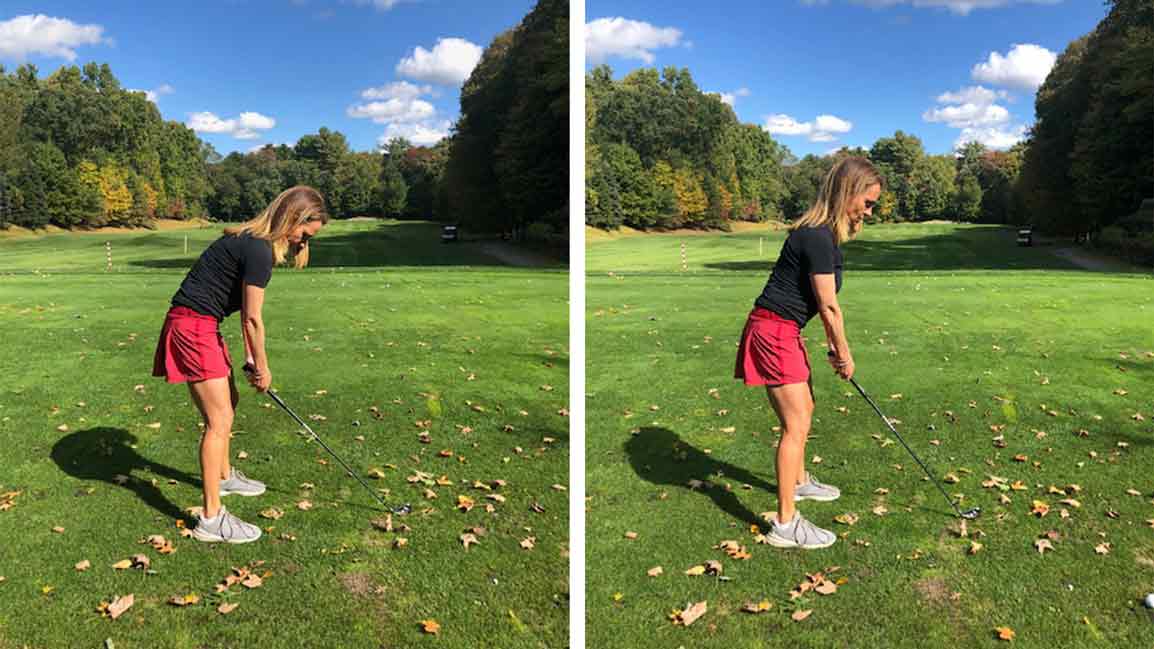
1. Starts with solid contact
Hitting the green on par 3s becomes so much more likely with good, solid contact. And good contact comes with good fundamentals: Hold the grip in your fingers, not your palms, make sure that your arms hang below your shoulders, and that you’re bending properly from your hips so you have good posture.
2. Break the tee
Many golfers will try to lift the ball off the tee to get the ball into the air with an iron, which will cause them to hit the ball thin. My advice is to think about the opposite: Hitting down on the tee so that you break the tee. Thinking about breaking the tee will help you make a descending blow onto the ball, for better contact.
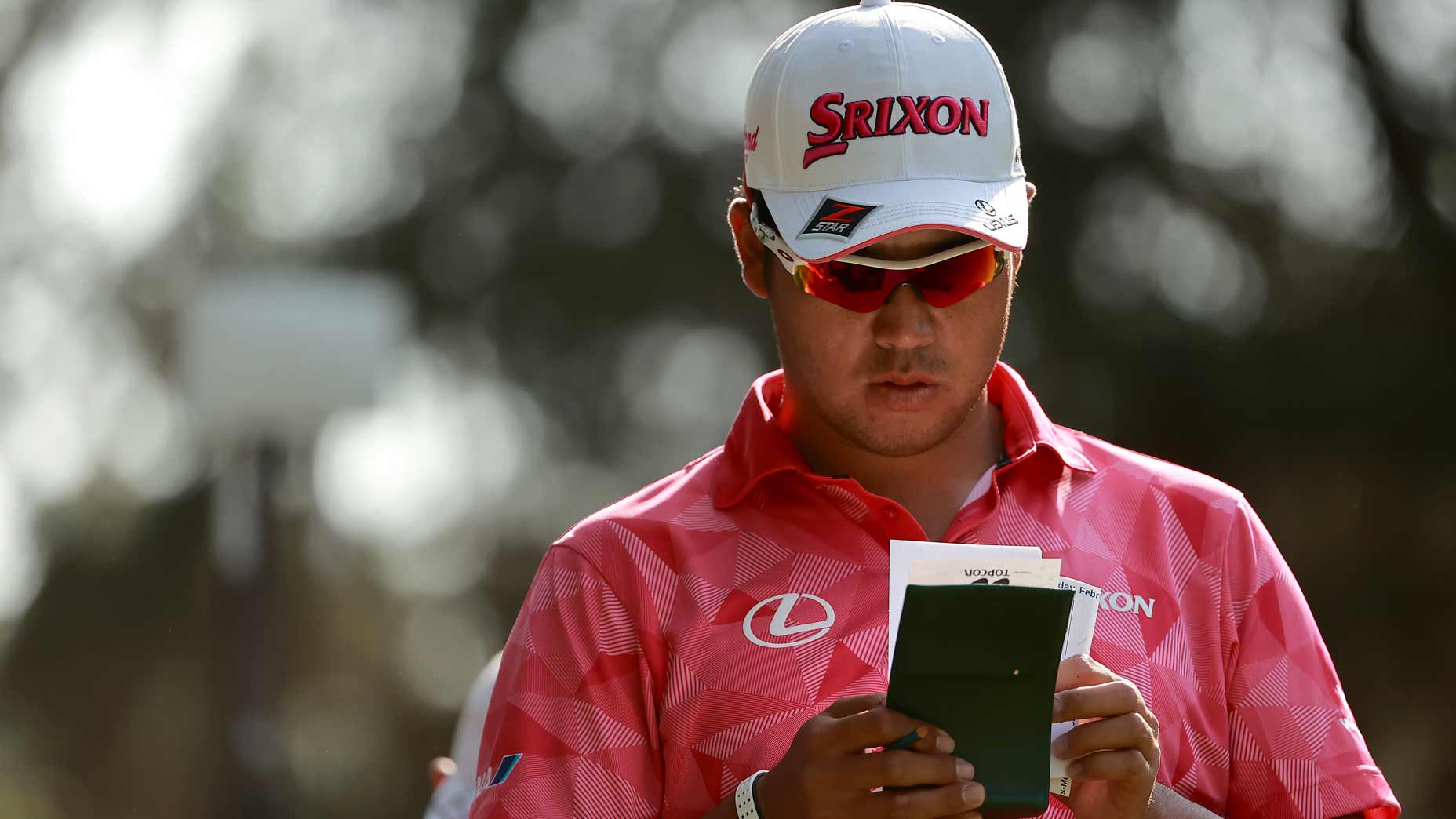
3. Know your numbers
Being effective hitting the green on a par 3 requires knowing how far you hit your club distances in the air – your carry distances. You can do this on the range by finding the distances to different targets on the range, or better yet, with a golf professional and launch monitor.
4. Find the best angle on the tee
When you go to place your tee into the ground on a par 3, don’t just set it randomly anywhere on the tee. Look for the best angle to approach the green without having to go over any trouble like a hazard or a bunker. You can learn to do this by walking to the far sides of the tee box and see which side gives you the best angle to your target. Often walking to an extreme side may make the green look much larger or open or help to avoid hazards that could get in your way.
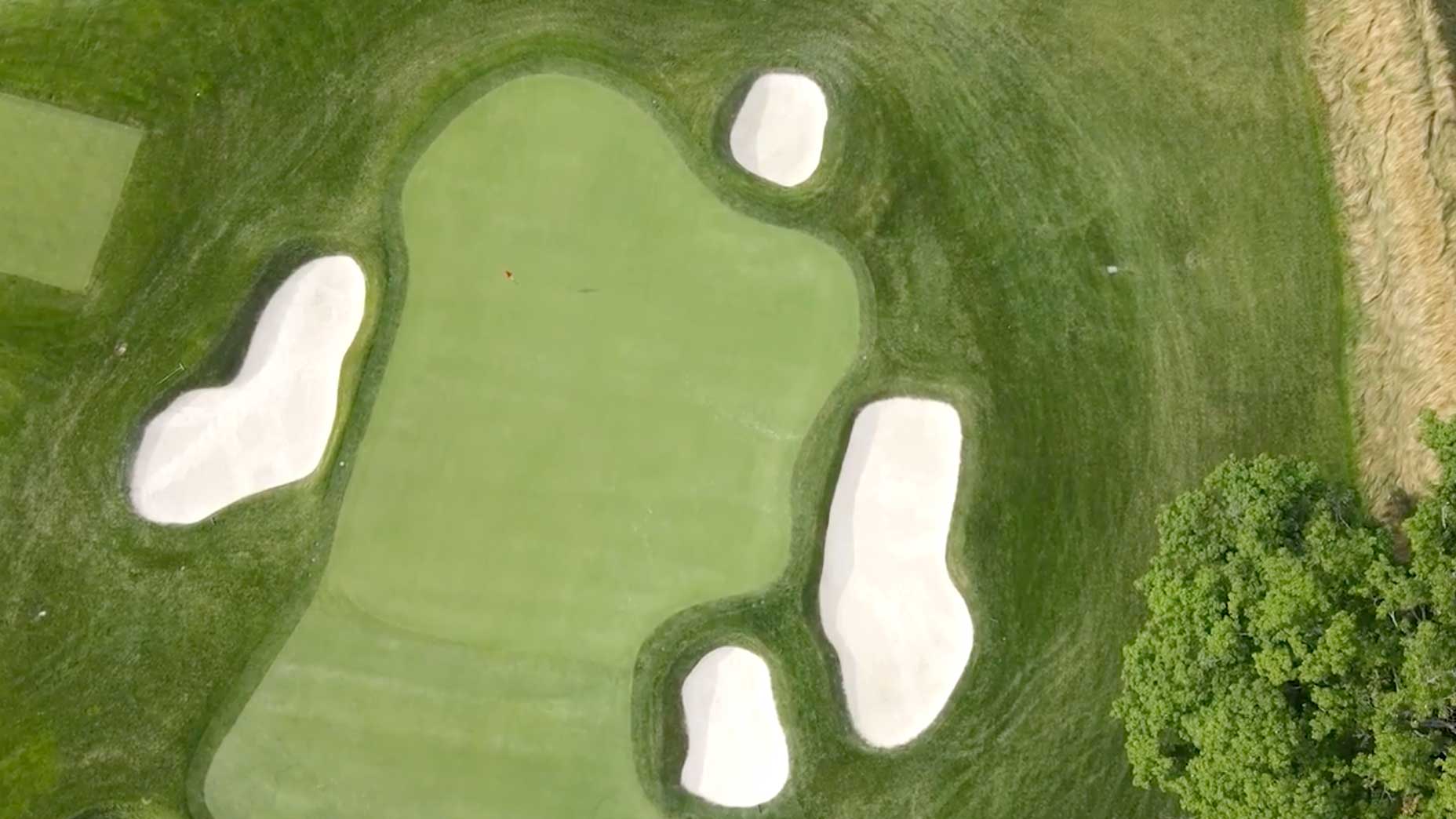
5. Work the wind
Once again, where you place your tee into the ground on a par 3 can help to manage the wind and covert birdie putts. It can be very helpful to try to angle into the wind to minimize the curve of your golf ball. If the wind is coming from left to right, tee off on the right side of the tee box so that your will have to angle into the wind. When you aim directly into the wind, the ball will tend to curve less making the flight more predictable.
6. Aim for the safest part of the green
I believe some pins to be incidental. On smaller greens in particular it may just be smarter to aim for the largest part of the green. Aiming to a larger part of the green can allow you to miss the shot slightly and still be on the green.
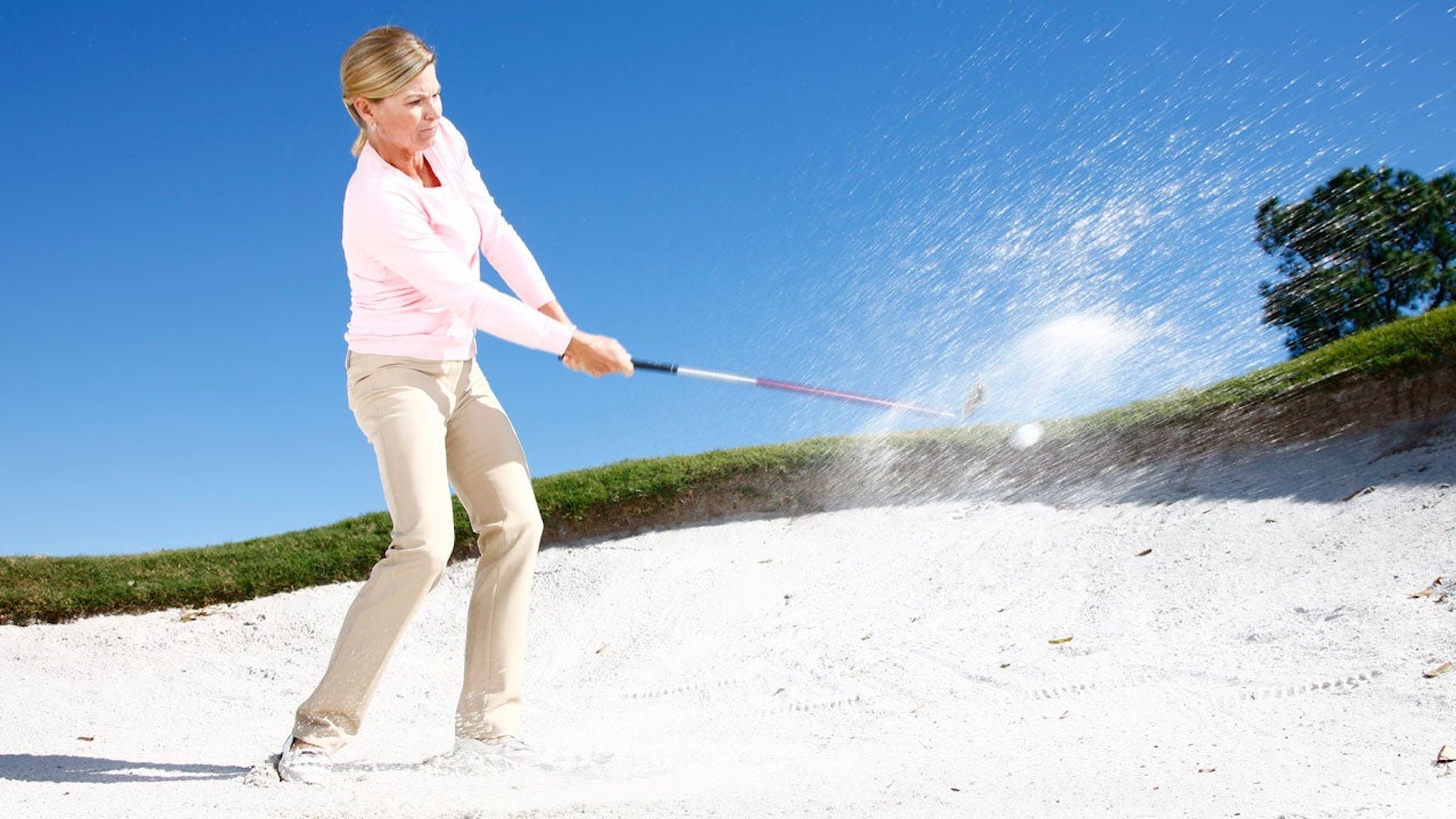
7. Avoid extreme short game shots
When you don’t hit the green, where you miss the golf ball is extremely important so allow you to have the most reliable short game option. If leaving the ball a little short of the green might allow you to putt or chip, rather than having to pitch over a bunker, then when choosing your club, obviously the shorter club would be the correct choice. As you get to know your course, you will know where the best place to miss your golf ball as to being able to hit easier short game shots to different pin locations.
8. Tailor the clubs in your bag
Different courses and conditions can lead to some particular clubs being helpful. On several occasions, I have added a particular club to a student’s bag for a particular par 3 that they play often on their home course. There are shorter par 3s that may be very difficult for lower club head speed golfers to carry the bunkers and hold the green. Adding an extremely lofted hybrid like may help you hold the green, even if you don’t use it many other places.
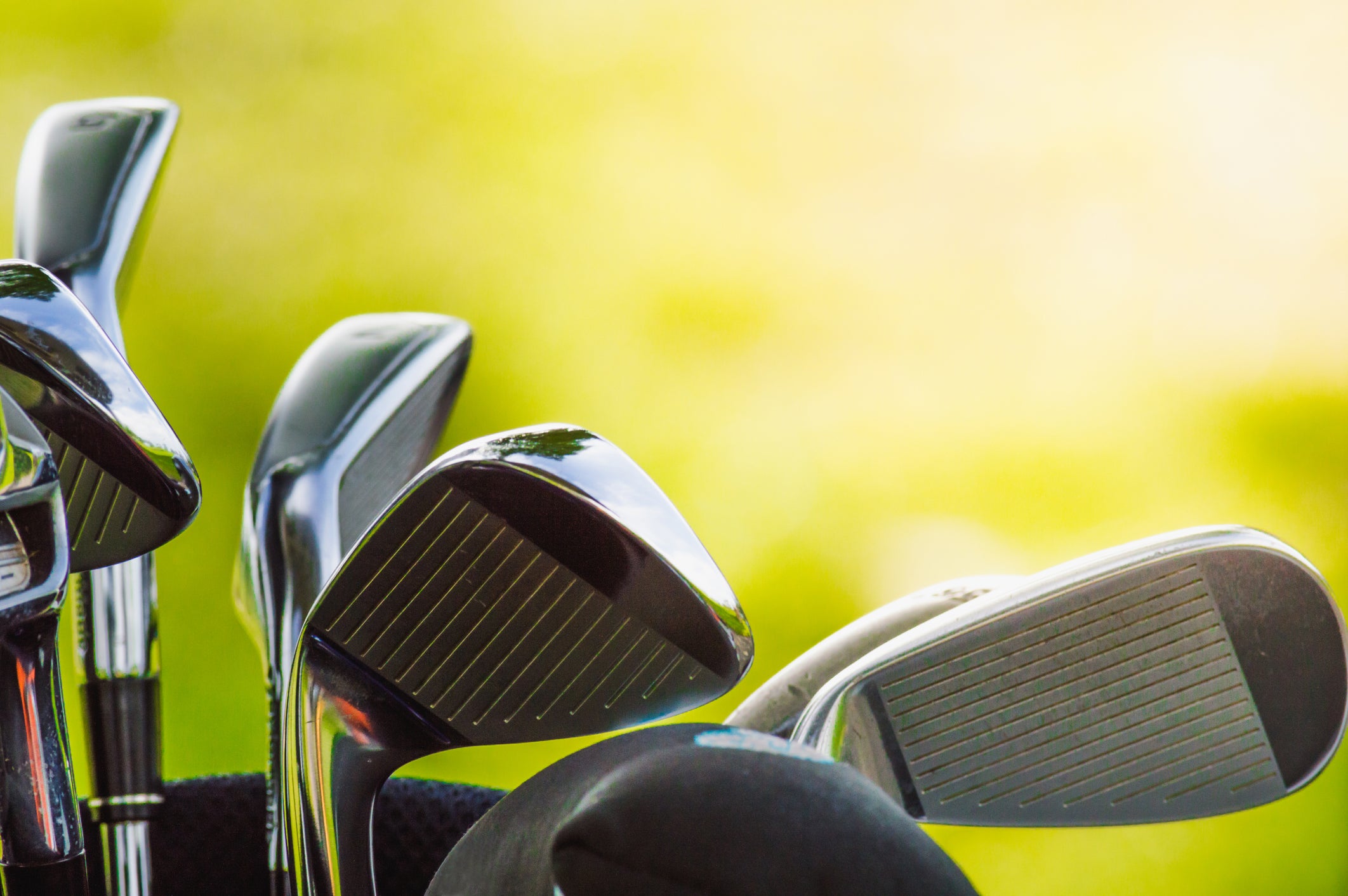
9. Hit more knockdowns
Some days the ball goes straighter compared to others, so what could you do, on those crooked days? I think the ability to hit a knockdown shot is a great option for to hit the ball straighter.
A traditional knockdown shot would have the golf ball positioned slightly back in your stance, with your weight starting and staying on your forward foot, which will lean the shaft slightly producing less loft and a lower ball flight. A slightly shorter swing on both sides where the arms and the body work together in perfect sync turning back and through often leads to straighter and lower ball flight that may be more reliable.
10. Practice your aim
The ability to aim your clubface and align your body is an earned skill that requires attention and practice. I suggest you spend part of your practice time on the range with an alignment aid to help to train your eye what it looks like when you aim and align properly.
I know when I aim correctly, it often looks a bit too left to me, but I know that’s my tendency and have gotten comfortable with it. You can train your eye what it looks like to aim properly. You could also practice this on the course if you were out when the course isn’t busy. Take your alignment aid and set it down and learn what it looks like when you do aim correctly.
Need help unriddling the greens at your home course? Pick up a custom Green Book from 8AM Golf affiliate GolfLogix.
Latest In Instruction

Golf.com

